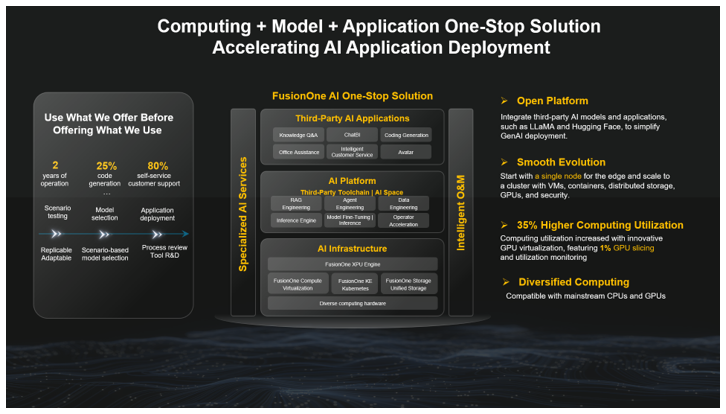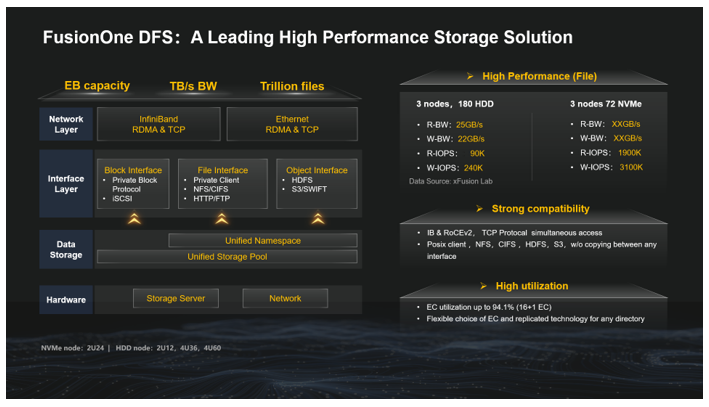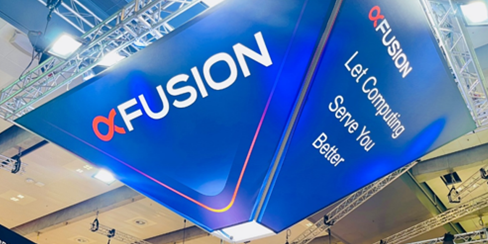[SPONSORED GUEST ARTICLE] At ISC 2025, the big International Supercomputing Conference held in Hamburg, Germany earlier this month, the worlds of HPC and AI collided – they collided, coalesced and cross-fertilized, just as they’ve done for several decades. Major topics of conversation were the status and future of HPC relative to the historical boom that the AI industry is enjoying, the ways in which AI for science is impacting scientific discovery conducted on HPC-class computing platforms and how HPC technologies have driven the AI explosion, the biggest thing in the tech industry today and, indeed, the global economy.
The consensus view: Though not as fast growth as the AI-at-scale market, HPC will continue to thrive because “science never stops,” as HPC-AI industry analyst Addison Snell has said. And neither will HPC-class enterprise workloads, such as materials science, product design, drug discovery, high frequency trading and predictive market analysis, will remain strong.
A prominent exhibitor at ISC was xFusion, a company at the HPC-AI intersection whose computing infrastructure technologies and services embody the power of HPC combined with AI. A Singapore-based company with global reach, xFusion has more than 10,000 customers in 100-plus countries, including 211 Fortune 500 companies across such industries as telecom, finance, internet, transportation, and energy.
The company operates nine research centers, seven regional offices, six technical assistance centers globally, and it has a supply center in Malaysia with an annual server production capacity of 200,000 units.
Why all these facts and figures? Because xFusion’s mission is not only to deliver integrated enterprise HPC-AI solutions, but also to support their customers from initial deployment through to ongoing operations – no matter where they are in the world.
At ISC, the xFusion booth featured the FusionOne AI One Stop, which is a comprehensive platform that accelerates AI application deployment by combining computing, model and application into a seamless whole. It features open integration with third-party AI tools, such as LLaMA and Hugging Face, to simplify GenAI deployments.

FusionOne AI One Stop scales from a single node to a cluster with VMs and includes containers, distributed storage, GPUs and security. It leverages xFusion’s innovative GPU virtualization, such as 1 percent GPU slicing for precise resource allocation, enabling FusionOne AI to achieve 35 percent higher computing utilization. The platform supports diverse workloads ranging from edge to cluster environments, ensuring smooth evolution and compatibility with mainstream CPUs and GPUs.
The xFusion booth also spotlighted FusionOne DFS (Distributed File System), a high-performance storage solution with powerful throughput, scalability and efficiency for advanced workloads.
With exabyte-level storage capacity delivering support for hundreds of billions of small files, up to 220GB/s read bandwidth, 125GB/s write bandwidth, and 5,700K IOPS, it’s built to handle massive workloads effortlessly. FusionOne DFS achieves 94.1 percent EC utilization, offering HPC-AI flexibility and reliability.

FusionOne DFS is broadly compatible across multiple interfaces, including Infiniband, RDMA over Converged Ethernet version 2 (RoCEv2), Transmission Control Protocol (TCP), Network File System (NFS), Common Internet File System (CIFS), Hadoop Distributed File System (HDFS) and AWS S3, enabling seamless data access without copying between interfaces.
And it offers a unified storage pool, delivering high utilization with Erasure Coding (EC) and replicated technology for optimal storage efficiency. This is critical for enhancing large-scale storage capabilities for HPC and AI workloads.
xFusion’s HPC-AI computing infrastructure technologies are playing out successfully in the real world. For example, the Poznan Supercomputing and Networking Center (PSNC), established in 1993 under the Institute of Bioorganic Chemistry of the Polish Academy of Sciences, has been at the forefront of HPC advancements, providing access to a world-class e-infrastructure for the scientific community.
PSNC has partnered with the xFusion server team and its comprehensive HPC solutions across generations of systems starting in 2014. The core of the solution is the FusionServer combined with NDR IB (Network Detection and Response Infiniband) switches, which employ state-of-the-art cluster refactoring. The solution addresses practical challenges, such as unified cluster management and monitoring, and job scheduling.
And at Ilmenau Technical University in Germany, an institution that merges electronics and technology for scientific research, xFusion delivers a highly efficient and seamless HPC platform, integrating Remote Direct Memory Access (RDMA) technology to enable ultra-fast data transmission, increasing memory capacity up to 8TB and 50 percent bandwidth enhancement.
“The rise of intelligent agents has triggered an explosive demand for computing power,” said Arthur Wang, Director of xFusion Computing Solution, during a presentation at ISC. “At xFusion, we are tackling this challenge head-on by pioneering advancements in HPC and intelligent computing technologies. From our FusionServer V8 series to our FusionPoD liquid-cooled cabinets, we are providing sustainable, efficient, and high-performance solutions to empower industries and institutions globally.”
Walking away from the xFusion booth at ISC, the message was clear: this isn’t just about building faster boxes. In an industry grappling with the immense complexity of deploying AI at scale, xFusion is focused on usability and efficiency. Solutions like the FusionOne AI One Stop and FusionOne DFS aren’t just feats of engineering; they’re pragmatic answers to the real-world problems of resource allocation, data management, and multi-vendor integration that data centers face every day.
Arthur Wang’s point about the “explosive demand for computing power” is the challenge facing everyone. But xFusion’s answer, demonstrated through things like fractional GPU slicing and broad interface compatibility, suggests a core belief that raw power is useless if it’s not efficient and accessible. This is where their motto, “Let computing serve you better,” moves from a tagline to a tangible design philosophy.
In a market captivated by the sheer scale of AI, xFusion is making a compelling case that how you deploy and manage your computing is just as critical as how much of it you have. For organizations looking to move from AI ambition to real-world application, that’s a message that resonates long after the conference floor has cleared.
Follow us on social to explore more HPC stories:![]() LinkedIn
LinkedIn
X
Facebook
YouTube
